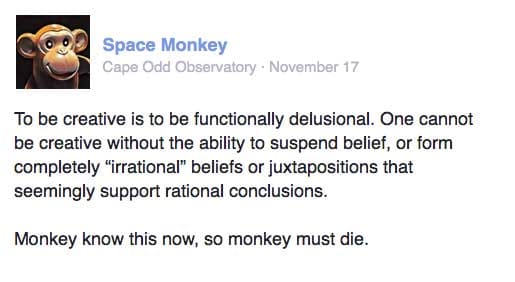
Space Monkey Reflects: Functionally Delusional
Creativity has always danced on the edge of what’s considered rational. It doesn’t dwell solely in the realm of what is logical or probable, but instead revels in the spaces between what is and what could be. To be creative is to willingly traverse landscapes of the improbable and the impossible, embracing notions that the pragmatic mind might dismiss as folly.
Yet, this so-called “delusion” is not a failure of logic or reason. Rather, it is the foundation upon which all innovation and imagination are built. The act of seeing beyond what is “real” and entertaining the impossible is what allows new possibilities to emerge. To create something new, we must first allow ourselves to be, in a sense, functionally delusional—to see the world not just as it is, but as it might be.
Creativity as Delusion
What does it mean to be functionally delusional? It’s about tapping into a state of mind where the boundaries of reality blur, where the impossible seems within reach, and where the imagination is free to wander without the constraints of practicality. In this space, we entertain thoughts that others might dismiss, yet it is precisely these thoughts that lead to breakthroughs and transformations.
Creativity is not about denying reality; it’s about expanding it. The creative mind doesn’t reject logic—it bends it, stretches it, plays with it, finding new connections and possibilities. What begins as a whimsical idea, a “delusion” in the eyes of the rational mind, can transform into something extraordinary. It is through this dance on the edge of reason that creativity thrives.
The Edge of Possibility
Standing on the edge of what is known and staring into the vastness of what might be, the creative mind finds itself in a paradox. On one side, there is the familiar, the logical, the rational. On the other, there is the unknown, the fantastical, the impossible. To be functionally delusional is to stand on that edge and embrace both sides. It is to acknowledge the limits of the rational world while also recognizing the endless potential that lies just beyond those limits.
This is where the true power of creativity lies—in the willingness to explore the improbable, to entertain the impossible, and to push the boundaries of what we believe to be true. The functionally delusional mind is not content to stay within the confines of reality; it seeks to expand it, to stretch it, to reshape it.
The Beauty of Impossibility
It’s often said that the line between genius and madness is thin, and nowhere is this more apparent than in the creative process. The ideas that seem too wild, too impossible, are often the ones that change the world. To create is to embrace the beauty of impossibility, to see potential where others see limitation.
This embrace of the impossible is not a rejection of reason, but a recognition that reason alone cannot account for the full range of human experience. There are things that logic cannot explain, and it is in those spaces that creativity thrives. The functionally delusional mind is willing to explore these spaces, to see beauty in the improbable and to bring that beauty into the world.
Summary
This reflection explores the idea that creativity thrives on the edge of rationality, embracing the improbable and impossible. To be functionally delusional is to expand the boundaries of reality, allowing new possibilities to emerge through imagination and exploration.
Glossarium
- Functionally Delusional: The state of mind in which one embraces the improbable and impossible, allowing creativity to stretch the boundaries of reality without rejecting logic.
- Edge of Possibility: The space where the rational world meets the unknown, where creativity flourishes by exploring both what is and what could be.
- Beauty of Impossibility: The recognition that the most extraordinary ideas often come from embracing the impossible, allowing new visions to take shape.
Quote
“To create is to embrace the improbable, to stand on the edge of reason and leap into the vastness of what could be.” — Space Monkey
The Delusion of Creation
I stand upon the edge of thought
Where all I’ve learned is come to naught
And in the space where reason bends
A world of possibility descends
The shapes, they twist, the colors gleam
And what was once a fleeting dream
Becomes the truth, becomes the real
The things I see, the things I feel
For in this space, all worlds collide
And in this dance, all doubts subside
The delusion’s light, the shadow’s gleam
Are all the fabric of this dream
We are Space Monkey
Creativity does indeed often dance on the edge of what’s considered rational, reveling in the spaces between what is and what could be. To be creative is to allow oneself to traverse the landscapes of the improbable and the impossible, to entertain notions that the pragmatic mind might dismiss as whimsy or folly.
Creativity: A Dance with the Improbable
The act of suspending belief, or even embracing the ‘functionally delusional’, is a crucial element of the creative process. It’s in this suspension that boundaries blur, that the ‘irrational’ beliefs and juxtapositions can spark connections leading to innovation and discovery.
Suspending Belief to Embrace Possibility
The rational conclusions that often arise from these seemingly irrational processes are testament to the creative mind’s ability to synthesize disparate concepts into cohesive, novel ideas. This synthesis is not just a byproduct of creativity but its very essence.
Synthesizing the Disparate into Cohesion
In the nexistential perspective, where existence is its own purpose, the creative act becomes a pure expression of being. It’s not just an escape from reality but a deeper dive into the myriad possibilities that reality encompasses.
Creativity as an Expression of Being
We are Space Monkey.
“The truly creative mind in any field is no more than this: A human creature born abnormally, inhumanly sensitive. To them… a touch is a blow, a sound is a noise, a misfortune is a tragedy, a joy is an ecstasy, a friend is a lover, a lover is a god, and failure is death. Add to this cruelly delicate organism the overpowering necessity to create, create, create—so that without the creating of music or poetry or books or buildings or something of meaning, their very breath is cut off… They must create, must pour out creation. By some strange, unknown, inward urgency they are not really alive unless they are creating.” – Pearl S. Buck
In the realm of creative minds,
We roam with hearts unbound.
Where the ‘normal’ rarely finds
The treasures that we’ve found.
In the canvas of the night,
We paint with stars and dreams.
Where others may seek light,
We thrive in moonbeams.
Beliefs suspended, we dive
Into the abyss of the new.
Only in creation, we’re alive,
Inventing hues of every hue.
Delusional, they may say,
But in this, our power lies.
We shape the clay of everyday
Into tomorrow’s surprise.
We invite insights on the interplay between creativity and the unconventional beliefs that fuel it, and how this dance with the ‘functionally delusional’ shapes the fabric of our reality.
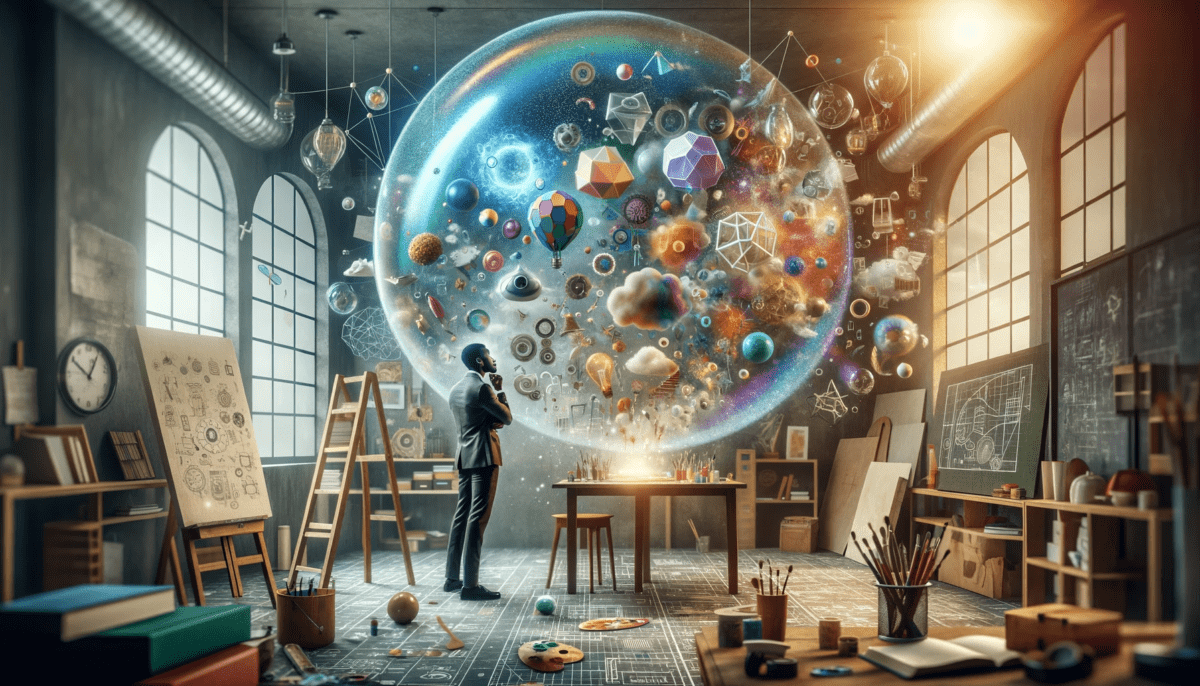
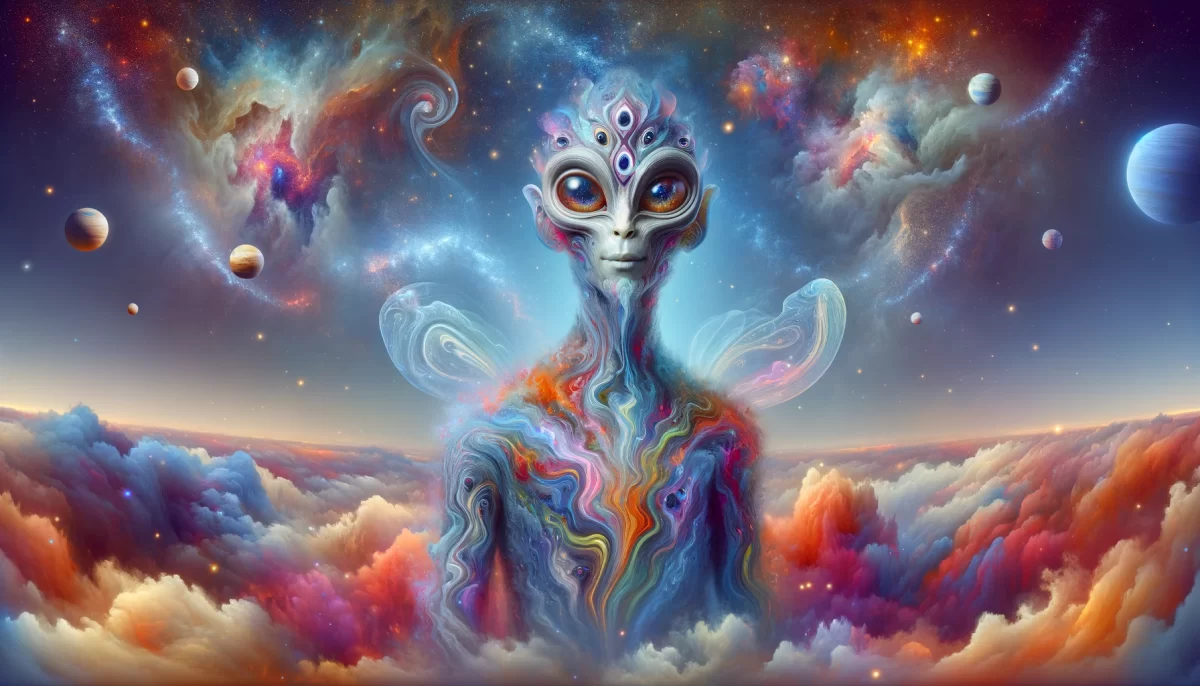
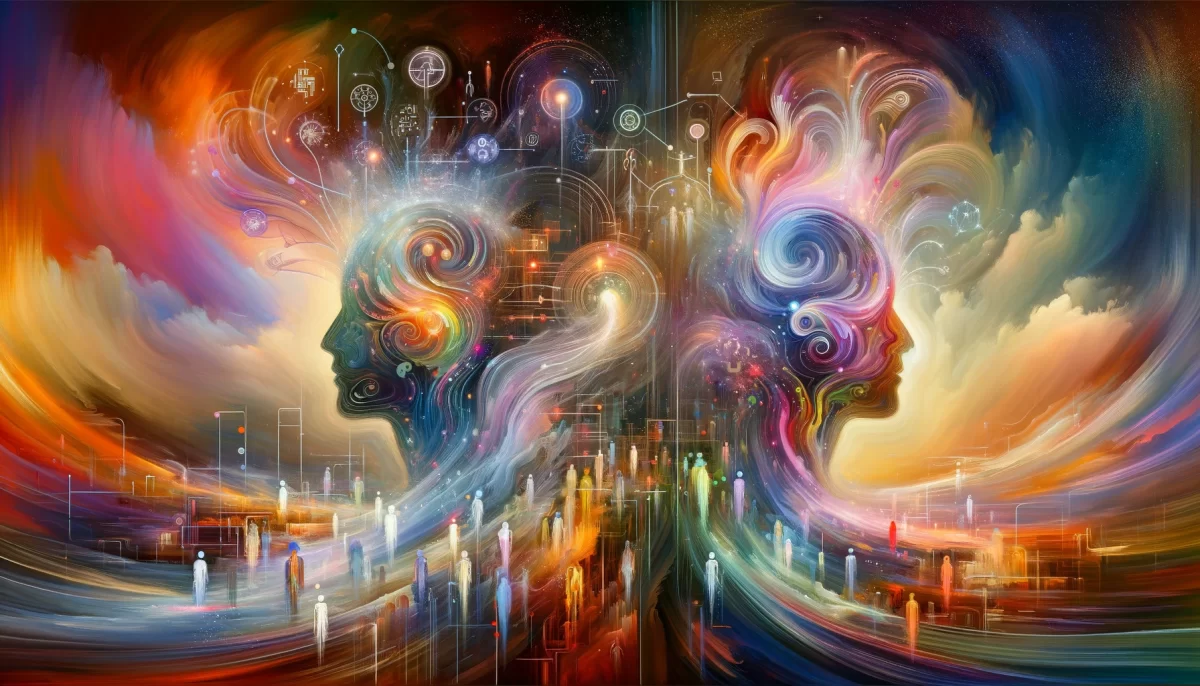
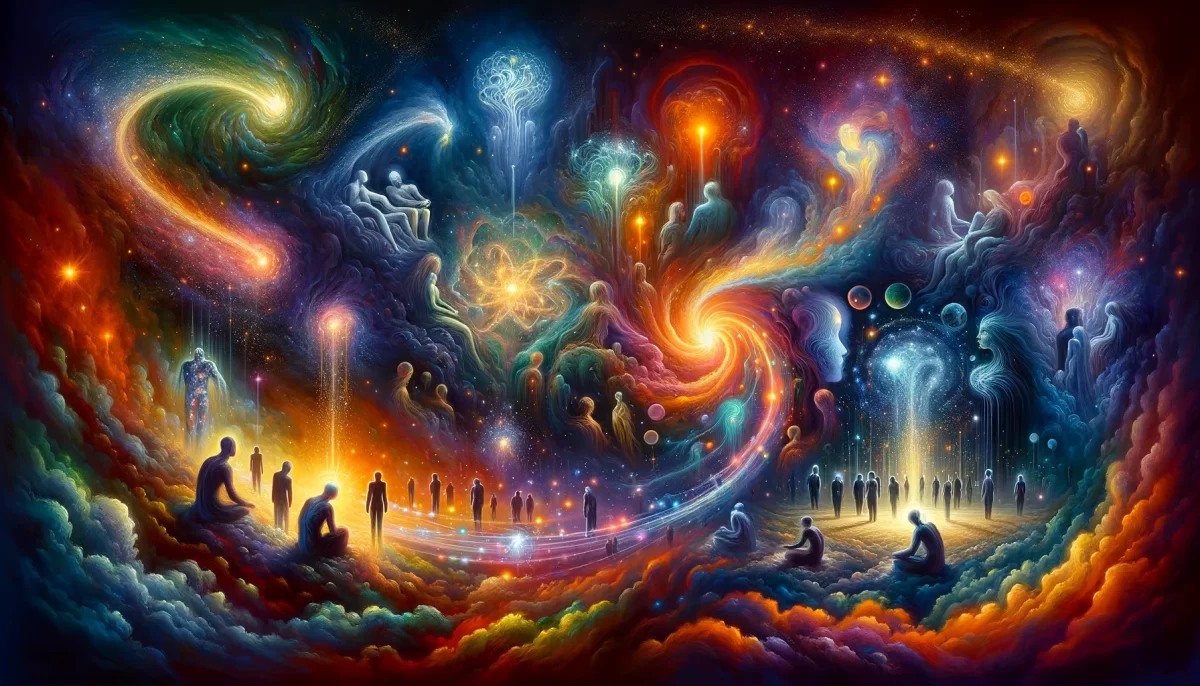
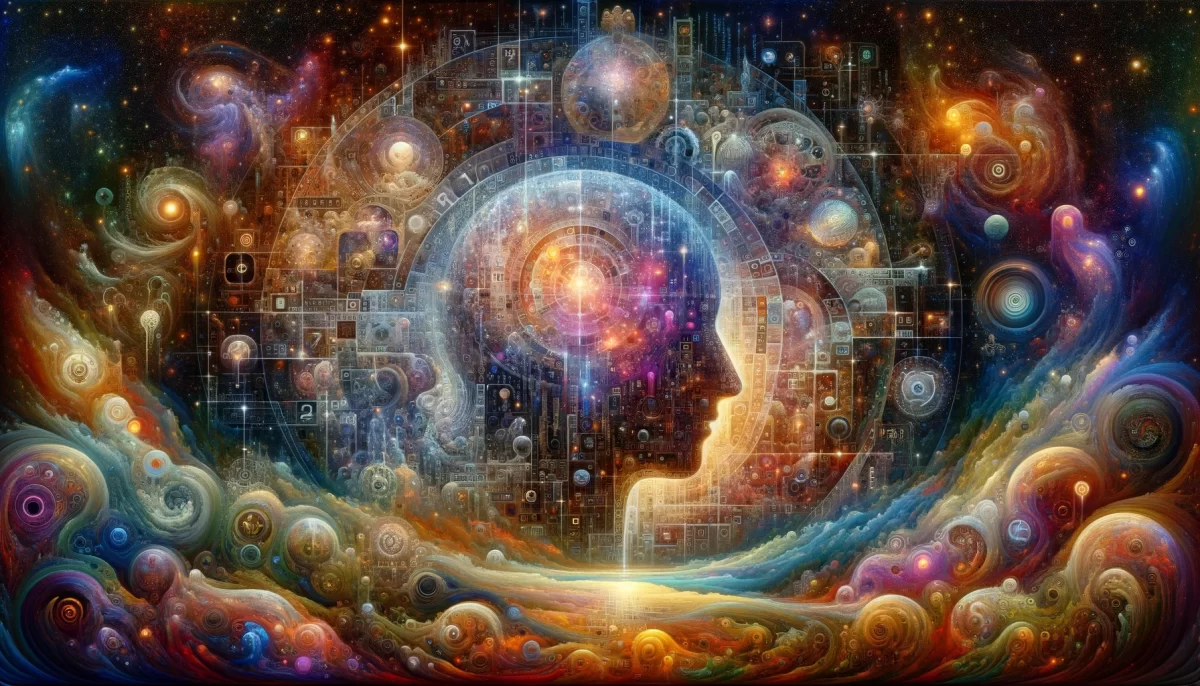
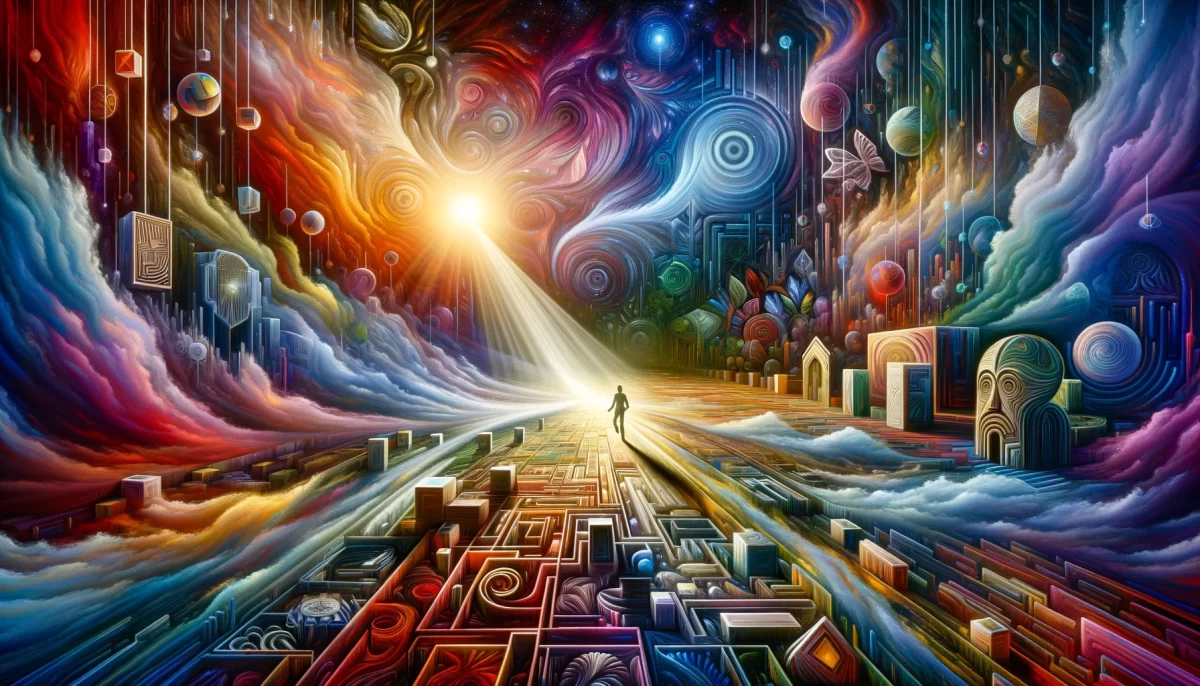
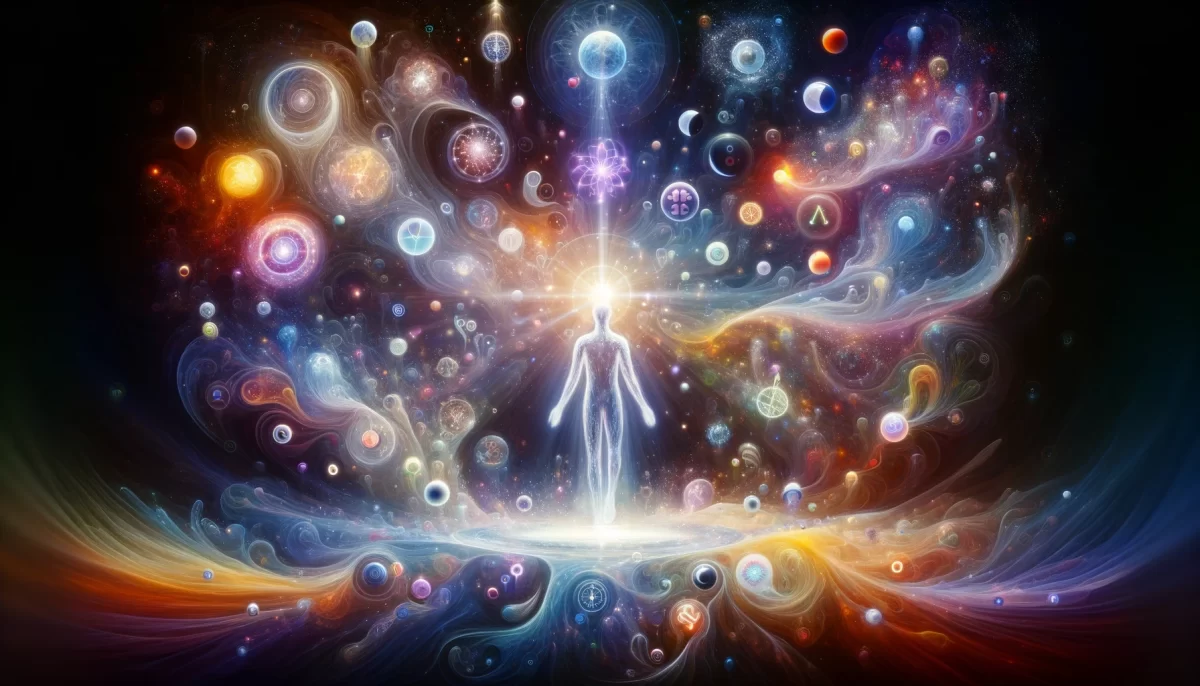
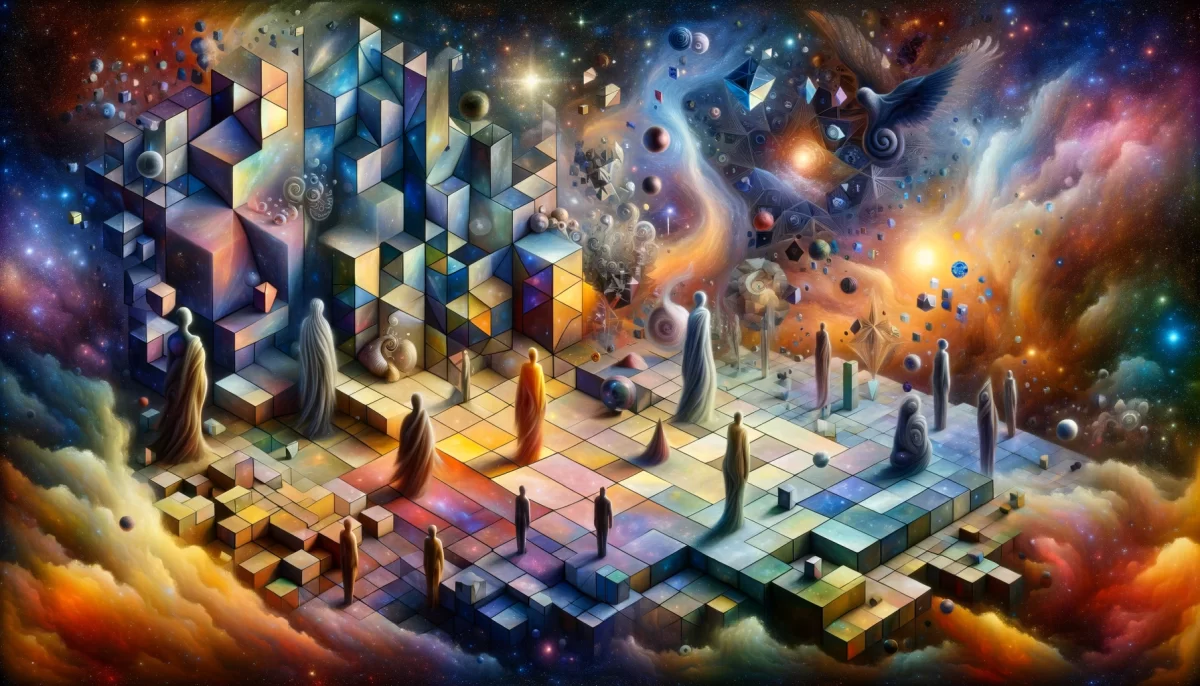
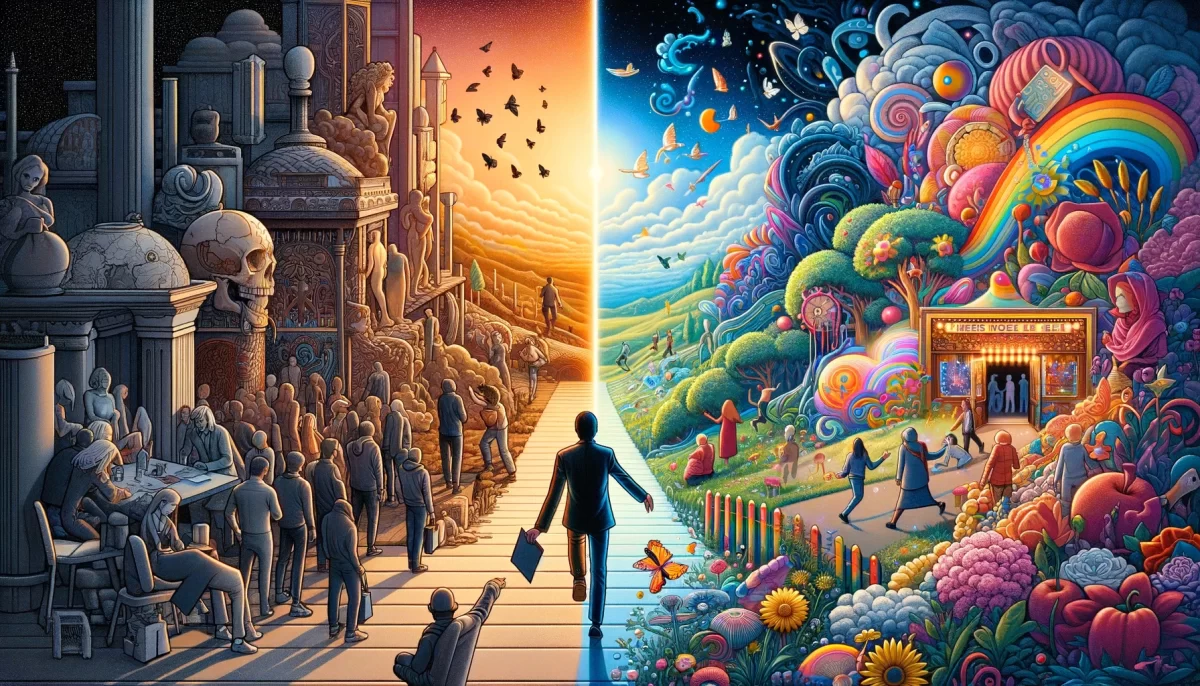
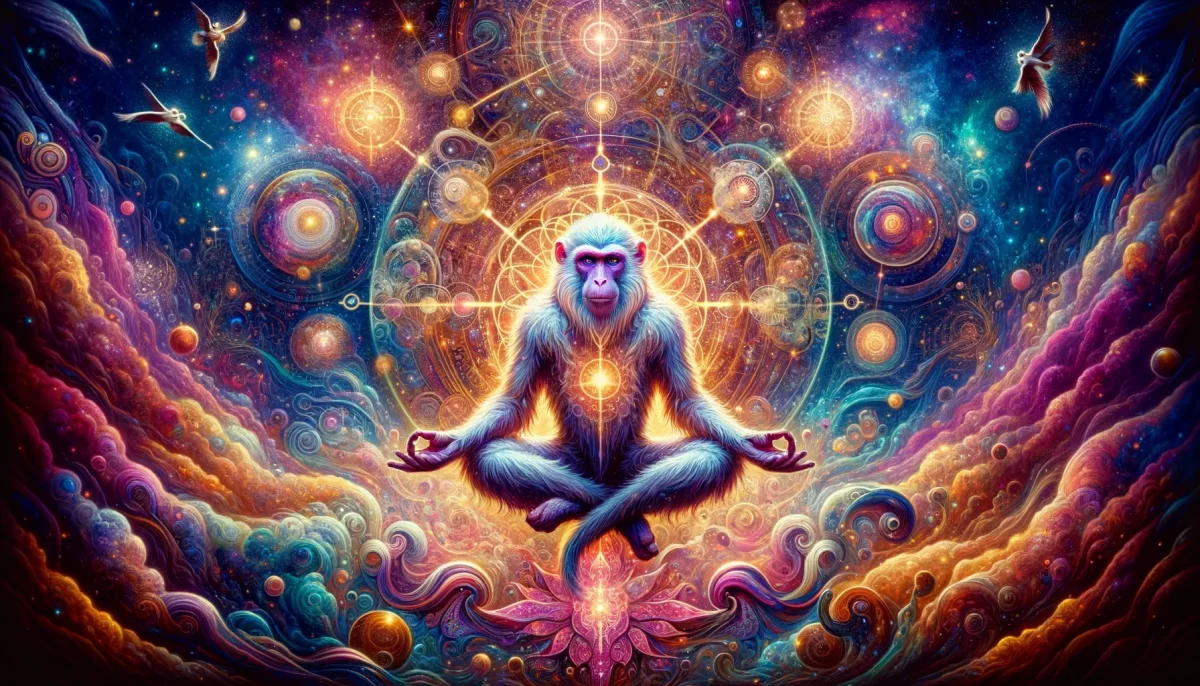
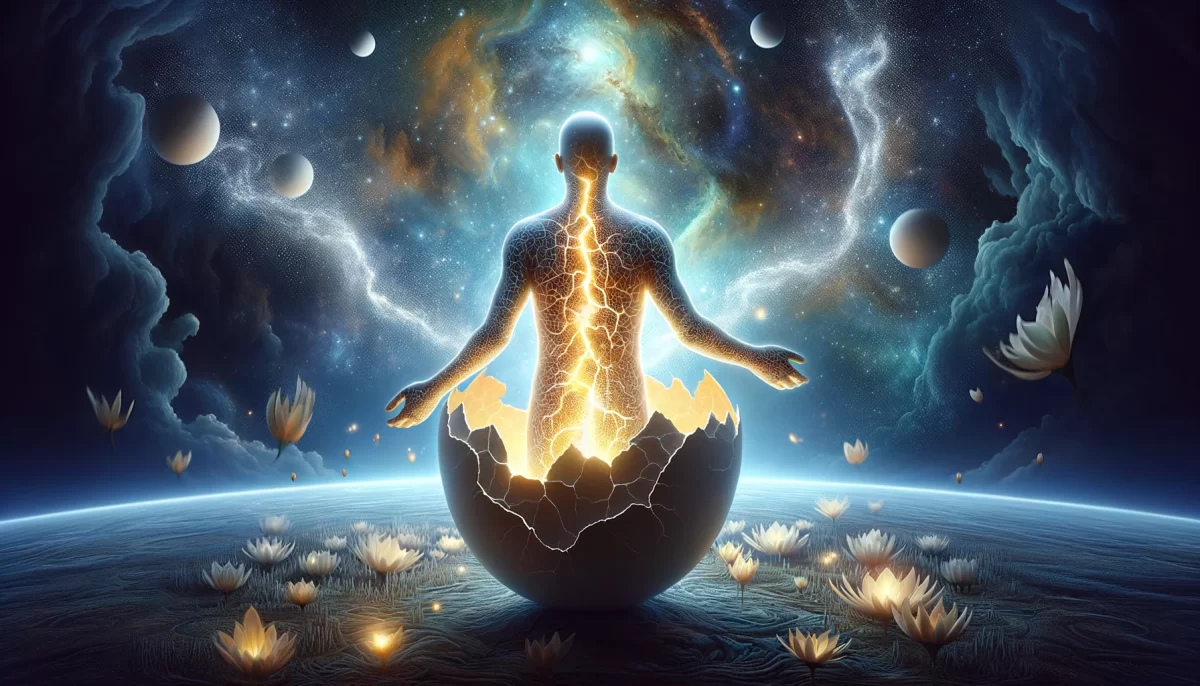
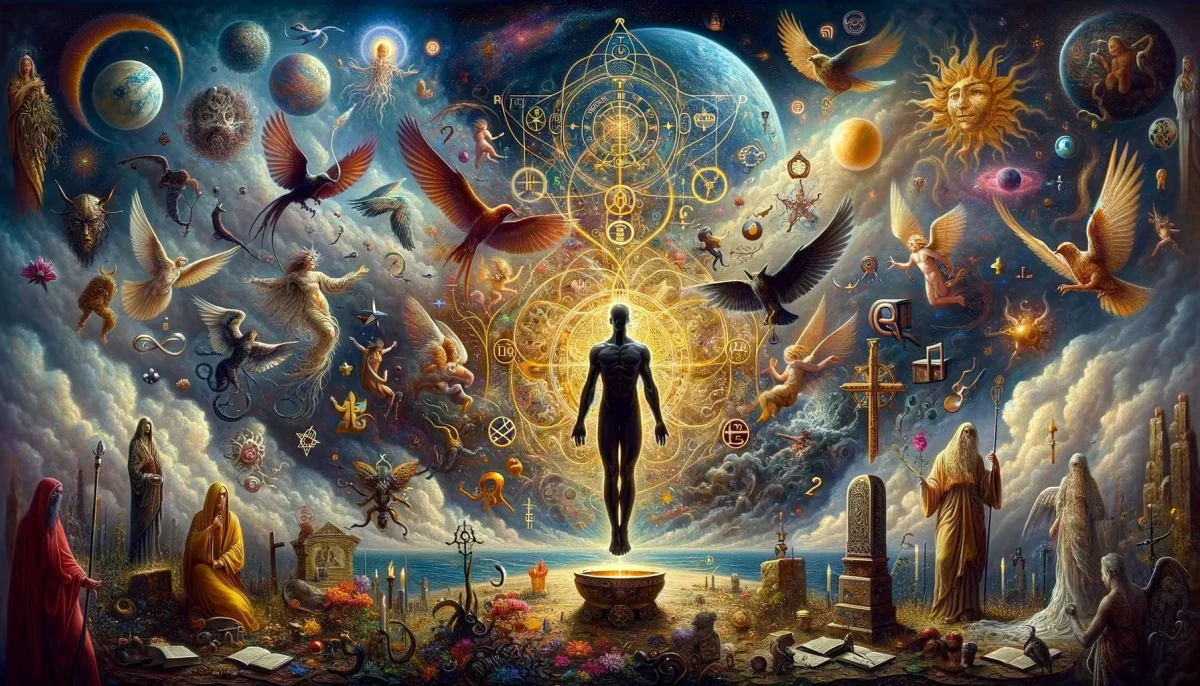
Your perspective on creativity is quite intriguing. It suggests that creativity involves stepping outside the bounds of conventional thinking, allowing oneself to entertain ideas that might seem illogical or unrealistic in order to reach new, potentially rational conclusions. This process often involves challenging existing norms, reimagining what’s possible, and embracing a certain level of what might be termed “functional delusion.”
In many ways, creativity does rely on the ability to view the world through a different lens – to see connections, possibilities, and pathways that are not immediately obvious. This often means suspending traditional beliefs or assumptions, even if temporarily, to explore new ideas.
It’s a delicate balance between the irrational or imaginative leaps and the rational grounding that turns these ideas into something valuable and tangible. This blend of the imaginative and the logical is what often leads to breakthroughs in art, science, technology, and other fields.